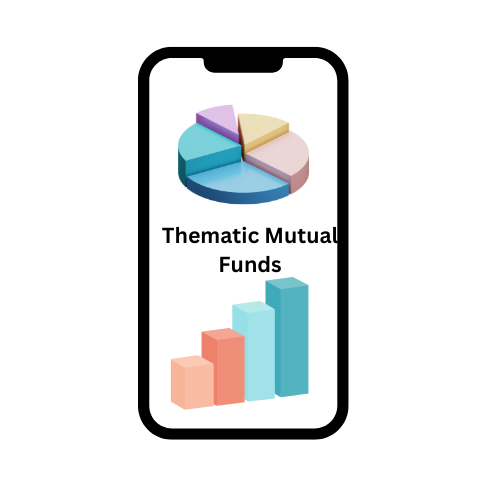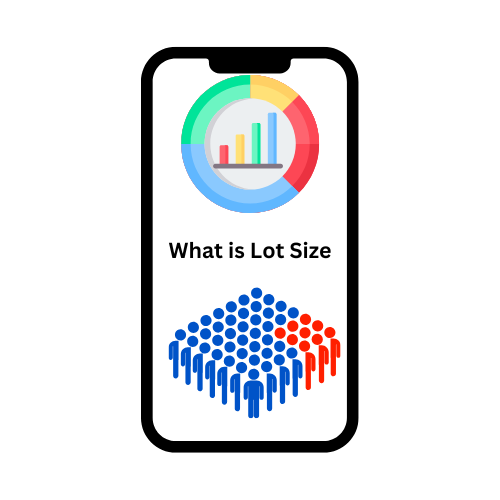The tracking function that underpins open-end fund management gave rise to the phrase “tracker fund.” The goal of tracker funds is to mimic the performance of market indexes. The amount of tracker funds accessible within the market has increased dramatically because of industry innovation. Investing in an open-end investment trust may well be a passive investment strategy. The reduced spending ratio on an open-end investment firm can be an advantage of such a scheme.
Tracker funds, often called index funds, are meant to supply investors with low-cost exposure to a full index. Such funds, which are intended as ETFs or alternative investments to satisfy the aim of monitoring the fund, attempt to duplicate the assets and results of a selected index. Tracker funds, often called index funds, are pooled investments that track an outsized market index. Tracking functions are at the centre of open-end investment company management, and tracker funds aim to duplicate the performance of the market index.
Investing in a mutual fund may be a passive investment strategy. Initially, index funds were created to convey investors with a low-cost investment vehicle that allowed them to possess exposure to a market index’s various stocks. The lower expense ratio of an investment trust is the key good thing about such a way. Customized tracker funds aim to duplicate the performance of a predetermined market index, but they allow for far more precise investment. They’ll keep total fund expenses low by continuing to use an index replication method while gaining many of the benefits of active fund management through screened indexes, resulting in relatively cheap costs for investors.





